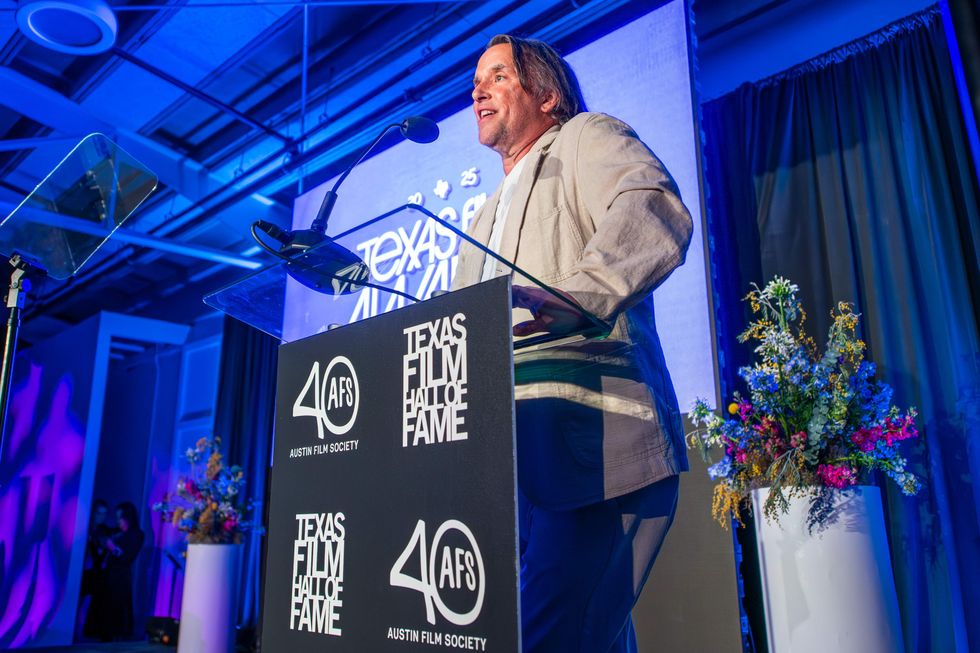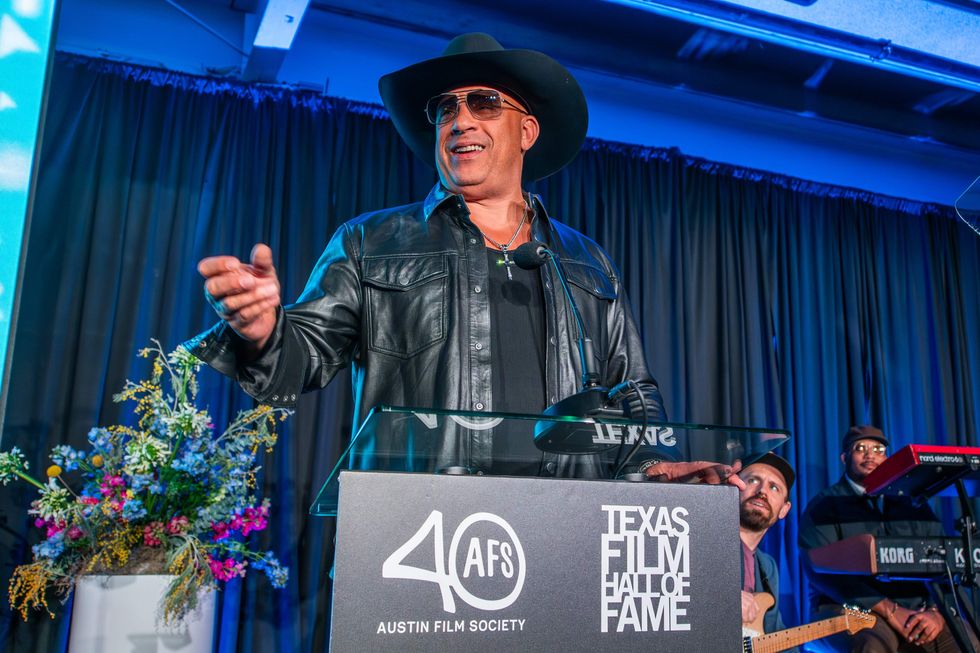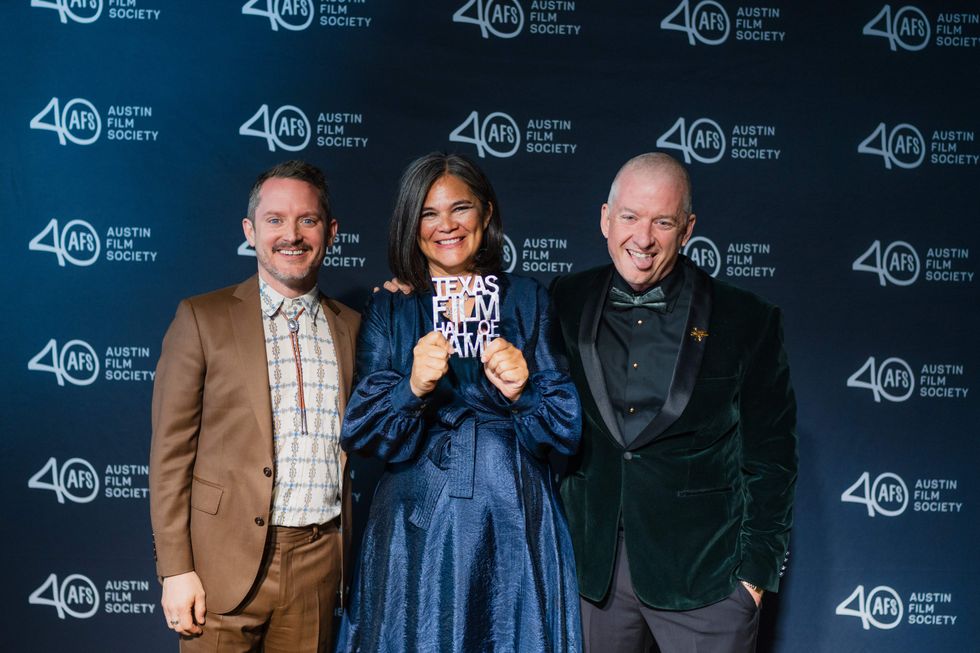Family fortune
This San Antonio clan cashes in on Forbes' list of richest American families

In 2020, no company racked up better publicity that H-E-B, but that's not the only thing they earned.
H-E-B owners and namesake, the Butt family, is among the richest families in the U.S., according to a ranking released December 17 by Forbes.
At No. 15 among the country’s wealthiest families, the Butts have a net worth of $17.8 billion. Charles Butt is chairman and CEO of the H-E-B grocery chain, based in San Antonio. Butt, grandson of H-E-B founder Florence Butt, and three relatives — sister Mary Butt Crook and two nephews — own the grocery giant. The company’s annual sales are around $28 billion.
But it's the Walton family of Fort Worth that once again reigns as the richest family in the U.S. Their net worth: $247 billion. That sum represents close to half of Walmart’s annual revenue and is equivalent to the size of Chile’s economy.
The net worth of Fort Worth billionaire Alice Walton, the only daughter of Walmart founder Sam Walton, accounts for a little over one-fourth of the family fortune. Forbes estimates she’s worth about $68 billion, making her the richest resident of Texas and the richest Walton heir. If Alice Walton were a family unto herself, she’d rank as the fourth wealthiest clan in the country.
Descendants of Sam Walton and brother Bud Walton own about half of Walmart’s stock. Forbes says the stock generates more than $700 million in annual dividend income for the family.
Alice Walton isn’t the only Texan who’s a member of the Walton dynasty. Ann Walton Kroenke, one of the two daughters of Bud Walton, lives on a 535,000-acre ranch about 50 miles northwest of Wichita Falls. She is worth about $9.1 billion and is married to sports and entertainment titan Stan Kroenke, who’s worth an estimated $8.3 billion.
The Butts and the Waltons aren't the only wealth families in the Lone Star State.
Houston’s Duncan family, with a net worth of $22 billion, appears at No. 11 on the Forbes list. The four children of pipeline mogul Dan Duncan — Randa Duncan Williams, Milane Frantz, Dannine Duncan Avara, and Scott Duncan — inherited a $10 billion estate from their father when he died in 2010. The net worth of each heir exceeds $5 billion.
Randa enjoys the highest profile among the four Duncan siblings. She is chairwoman of Houston-based Enterprise Products Partners, the pipeline giant founded by her father, and owns Austin-based Texas Monthly magazine.
The Hunt family, whose members are descendants of oil wildcatter H.L. Hunt, sit at No. 18 on the Forbes list with a net worth of $15.5 billion. The richest among them are billionaires Ray Lee Hunt and W. Herbert Hunt, both of Dallas.
Rounding out the Texas contingent on the Forbes list are members of Fort Worth’s Bass family. The Basses hold down the No. 30 spot with a net worth of $10.8 billion. The four Bass brothers — Sid, Edward, Robert, and Lee — each inherited $2.8 billion from their oil tycoon uncle Sid Richardson after his death in 1959. Robert is the wealthiest of the foursome.

 Richard LinklaterPhoto by David Brendan Hall
Richard LinklaterPhoto by David Brendan Hall Robert Rodriguez and Michelle RodriguezPhoto by Lauren Slusher
Robert Rodriguez and Michelle RodriguezPhoto by Lauren Slusher Vin DieselDavid Brendan Hall
Vin DieselDavid Brendan Hall Elijah Wood, Tim and Karrie LeaguePhoto by Lauren Slusher
Elijah Wood, Tim and Karrie LeaguePhoto by Lauren Slusher David Rysdahl, Noah Hawley, and Zazie BeetzPhoto by Lauren Slusher
David Rysdahl, Noah Hawley, and Zazie BeetzPhoto by Lauren Slusher